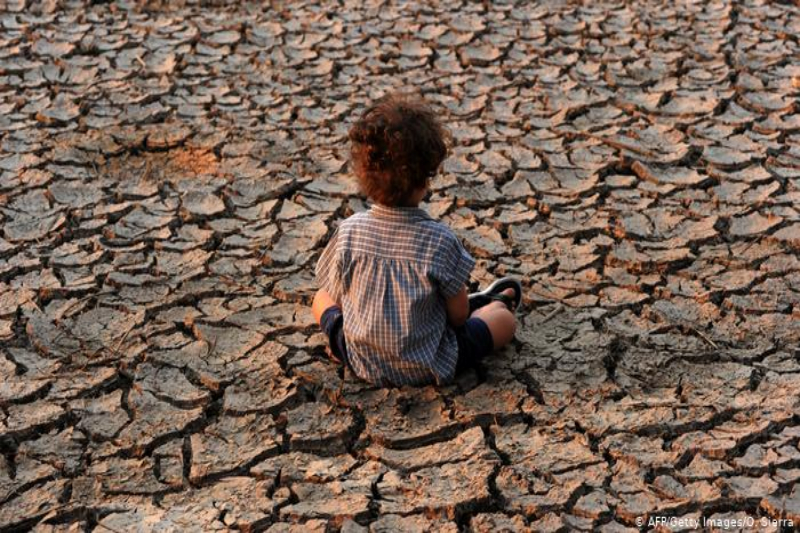
One billion children at risk for the climate
Last updated on August 23rd, 2021 at 04:28 am
Climate risk from the perspective of children: this is the objective of the research released today by UNICEF, entitled The Climate Crisis Is a Child Rights Crisis, introducing the index of climate risk for children. That is the first comprehensive analysis of the impact of environmental and climate change on the lives of children around the world. The document classifies countries based on children’s exposure to the environment and environmental shocks, such as cyclones and heatwaves, and their vulnerability to these shocks, based on their access to essential services. According to the new study, young people living in the Central African Republic, Chad, Nigeria, Guinea, and Guinea-Bissau are those most at risk from the impacts of climate change, which threaten their health, education, and protection expose them to fatal diseases.
Launched in partnership with Fridays for Future on the occasion of the third anniversary of the global youth-led climate protest movement, the report finds that around 1 billion children – nearly half of the world’s 2.2 billion children – live in one of the 33 countries classified as “extremely high risk.” “These children face a lethal combination of exposure to multiple climates and environmental shocks coupled with high vulnerability due to inadequate essential services, such as water and sanitation, health care, and education. The results show the number of children affected today, figures that are likely to worsen as the impacts of climate change accelerate.”
Related Posts
On 20 August 2018, Greta Thunberg decided to strike for the climate for the first time, after solid heat waves hit her native Sweden, also favouring forest fires. She holds the first picket in front of Parliament, and the peaceful strike from the school has gone around the world, giving birth to an international student movement, the Friday for Future for the defense of the climate. Today, three years later, the young activist has gone down again in the square in Stockholm to ask governments worldwide to change their policies and reduce the pollution that is causing the climate change we all see.
“It is the first time that such a precise picture has been drawn of the vulnerability of children to climate change – said Henrietta Fore, director-general of UNICEF - and this picture is exceptionally worrying. Climate and environmental shocks affect all children’s rights, from the right to clean air, food and water, education and housing, protection from exploitation, and the right to survival. Almost no children will be spared. Over the past three years – added Fore – children’s voices have been raised worldwide, asking for concrete actions. Unicef echoes their request, supporting it with the irrefutable observation that the climate crisis is a crisis of children’s rights.”
The UNICEF report shows that nearly all children in the world are exposed to at least one type of climate and environmental risk. However, the most affected countries face multiple and concomitant shocks that endanger their development policies, accentuating the deprivation of the youngest. An estimated 850 million children (1 in 3) live in areas exposed to at least four climate stressors, and as many as 330 million (1 in 7) in areas where five or more significant stressors are concentrated.
And again: 815 million children are highly exposed to lead pollution; 820 million are highly exposed to heatwaves; 920 million to water shortages. Finally, around 1 billion children are highly exposed to extremely high levels of air pollution.The report also highlights a gap between where greenhouse gas emissions are produced and where children are most affected by climate change. Overall, the 33 very high-risk countries represent only 9% of global CO2 emissions, compared to around 70% of the ten largest polluting countries. Among the latter, only one is classified as “very high risk” in the index of climate risks for children.
“Climate change is deeply unfair. Children are not the cause of the global temperature rise. Yet they will be the ones to pay the highest price, especially in the least responsible countries “, continued the director-general of UNICEF. “But there is still time to act. Improving children’s access to essential services, especially water and sanitation, health and education, can significantly increase their ability to survive these risks.”According to the UN fund, without urgent measures, children will continue to be struck by the climate crisis. Adults need more water and food per unit of body weight, are less resistant to extreme weather events and are more sensitive to toxic chemicals, temperature changes, and disease.




